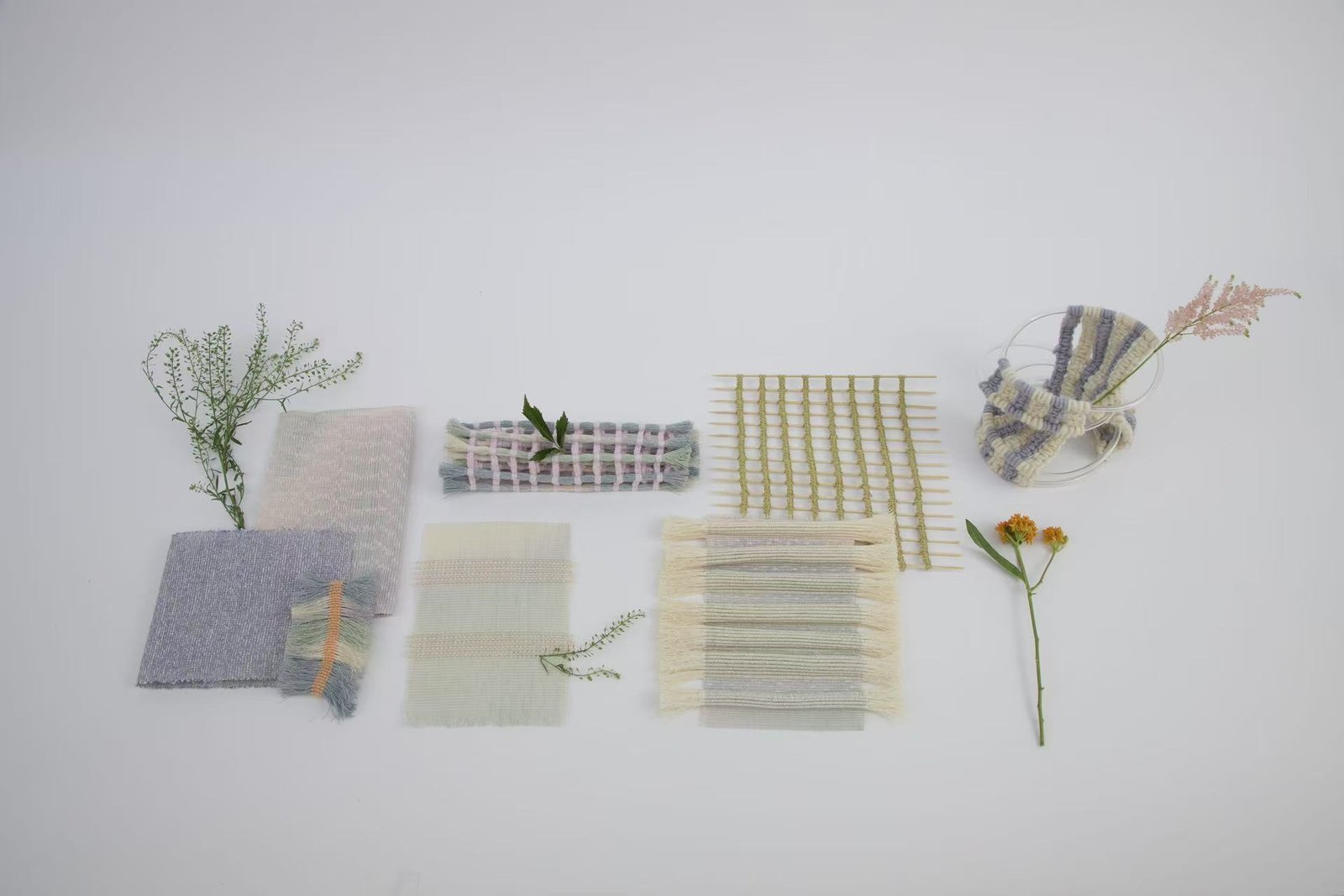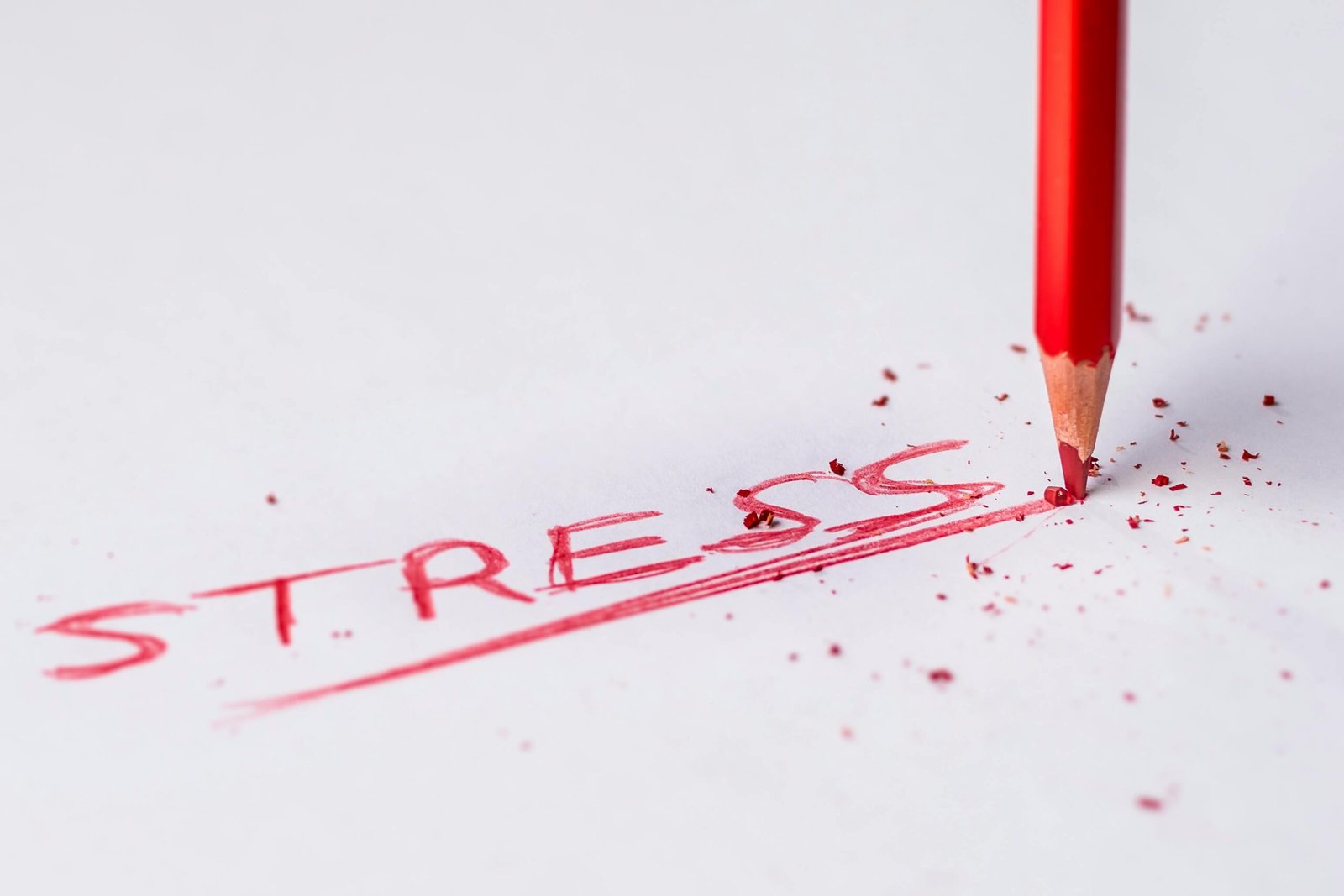Introduction
Textile Collage is a creative and tactile art form that involves assembling and layering fabric, thread, and other textile materials into a cohesive piece. Not only does it engage the hands, but it also centers on the sensory experience of working with textures, colors, and patterns. As a result, this collage practice offers a soothing and reflective way to express emotions and explore personal narratives, nurturing the connection between mind & body.
Moreover, textile collage is accessible to people of all artistic skill levels. It provides a unique opportunity to repurpose old or meaningful fabrics, transforming them into symbolic or visually stunning artworks. In doing so, it supports the holistic well-being of body, mind and spirit. Whether practiced individually or in groups, this art form fosters mindfulness, strengthens relationships, and offers a constructive outlet for stress and emotional expression—feeding hungry minds and enriching the balance of mind, body and soul.

Benefits
A Creative and Inclusive Outlet
Textile collage is a highly accessible art form that welcomes participants of all skill levels. The freedom to work intuitively with fabrics fosters creativity and eliminates the pressure to produce a “perfect” outcome.A Tactile and Sensory Experience
Handling different textiles engages the senses in a calming and grounding way, creating a gentle connection between mind and body. The textures, colors, and patterns provide a rich sensory environment that enhances relaxation and focus.Facilitates Storytelling and Emotional Connection
Incorporating fabrics with personal significance—like old clothing or inherited textiles—creates opportunities for participants to tell stories and reflect on their lives, nurturing a deeper connection between mind, body and soul.Strengthens Group Interaction
When done in pairs or groups, textile collage encourages participants to share materials, ideas, and stories. This collaborative process fosters connection and empathy.Provides a Recyclable Approach to Creativity
The use of old or discarded textiles encourages sustainable practices and shows how existing resources can be transformed into meaningful creations.
Steps to Practice
Gather Materials
Collect fabric scraps, old clothing, lace, ribbons, buttons, and other textile elements. Prepare tools like scissors, glue, needles, and thread.Choose a Theme or Intention
Reflect on what you want your collage to express—this could be an emotion, memory, or abstract concept like calmness or growth.Plan Your Layout
Arrange your materials on a canvas, paper, or backing fabric. Experiment with layering and overlapping until you achieve a design that feels meaningful.Attach Materials
Use glue, stitching, or a combination of both to secure your textiles in place. Enjoy the tactile process and don’t rush—it’s about the journey, not the outcome.Add Finishing Touches
Incorporate decorative elements like embroidery, beads, or painted details to enhance your collage.Reflect on Your Work
Observe your finished piece and consider what it represents. Journaling about your process can deepen your understanding of the emotions or themes expressed, fostering insight and harmony across mind, body and soul.
What to Expect in a Session
Grounding and Mindfulness
Sessions begin with a short mindfulness exercise to help participants focus and connect with their materials, fostering a sense of alignment between mind and body.Exploration of Textiles
Participants spend time handling fabrics, exploring textures, colors, and patterns, and selecting elements that resonate with them emotionally.Creative Construction
The process of assembling the collage is intuitive and open-ended, allowing participants to experiment and express themselves freely.Group Sharing and Reflection
In group settings, participants have the option to share their collages and the stories behind their materials. This fosters empathy, connection, and a sense of community.Integration and Closing
The session concludes with a brief discussion or journaling activity, encouraging participants to integrate their insights into daily life.

How This Approach Heals
Calmness
The hands-on, repetitive motions involved in cutting and arranging textiles during collage work create a meditative rhythm, grounding participants in the present moment and reducing anxiety. The tactile nature of fabrics also provides a soothing sensory experience.
Relationship Building
Textile collage offers opportunities for shared storytelling and collaborative creativity. By exchanging materials or working on joint projects, participants build trust, empathy, and stronger connections with others.
Self-Knowledge
The personal choices made during the creative process often reflect inner emotions, values, and memories. Observing these choices helps participants gain insights into their subconscious thoughts and foster self-awareness.
Sociability
Group textile collage sessions encourage dialogue and collaboration, enhancing participants’ confidence in social interactions and building a sense of belonging within a community.
Stress Relief
Engaging in the tactile, repetitive actions of textile collage provides a constructive outlet for releasing tension and nervous energy, leaving participants feeling more balanced and refreshed.
Work Productivity
The design and problem-solving aspects of textile collage sharpen creativity and adaptability, empowering participants to approach workplace challenges with fresh perspectives and improved focus.
Sleep Improvement
The calming and grounding effects of textile collage help quiet the mind and prepare the body for restful sleep. Incorporating this practice into an evening routine can enhance overall sleep quality.
Long-Term Benefits
Deeper Emotional Resilience
By providing a safe and creative outlet for emotions, textile collage helps participants build emotional stability and process feelings constructively.Enhanced Creativity and Adaptability
Regular practice fosters innovation and flexibility, qualities that benefit both personal and professional endeavors.Stronger Social Connections
Collaborative or group sessions strengthen bonds and promote a sense of community, reducing feelings of isolation.Sustained Stress Management
The mindfulness cultivated during textile collage helps participants manage stress more effectively over time.Improved Work-Life Balance
Textile collage encourages relaxation and creativity, offering a meaningful way to balance work demands with personal fulfillment.Better Sleep Hygiene
Incorporating textile collage into a calming evening routine helps reduce mental clutter and promote deeper, more restorative sleep.
RELATED POSTS

The Power of Focus: Unlocking Efficient Learning and Inner Peace
The Power of Focus: Unlocking Efficient Learning and Inner Peace


